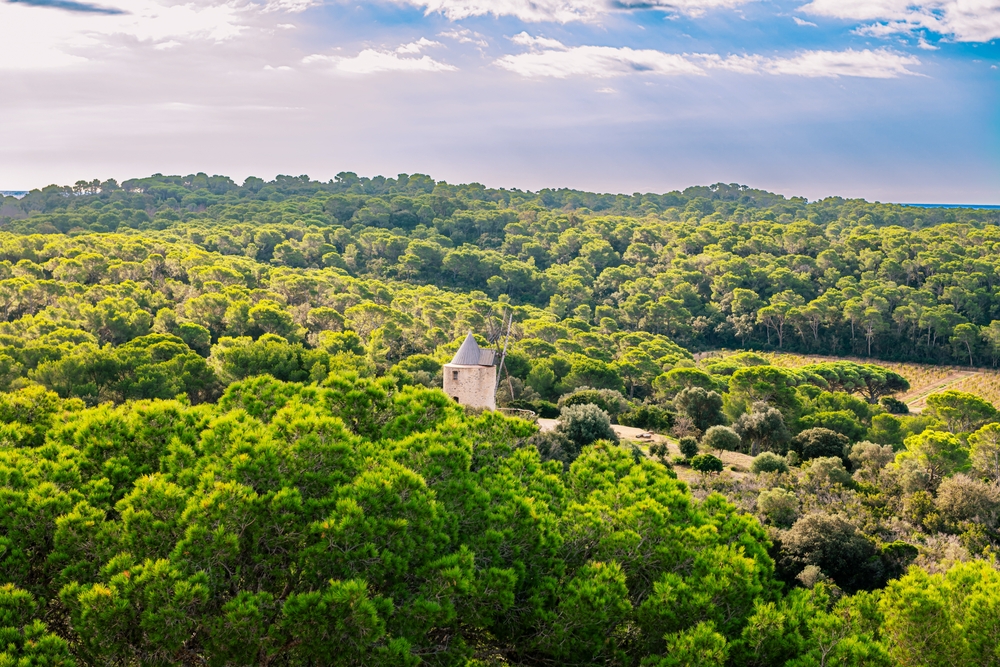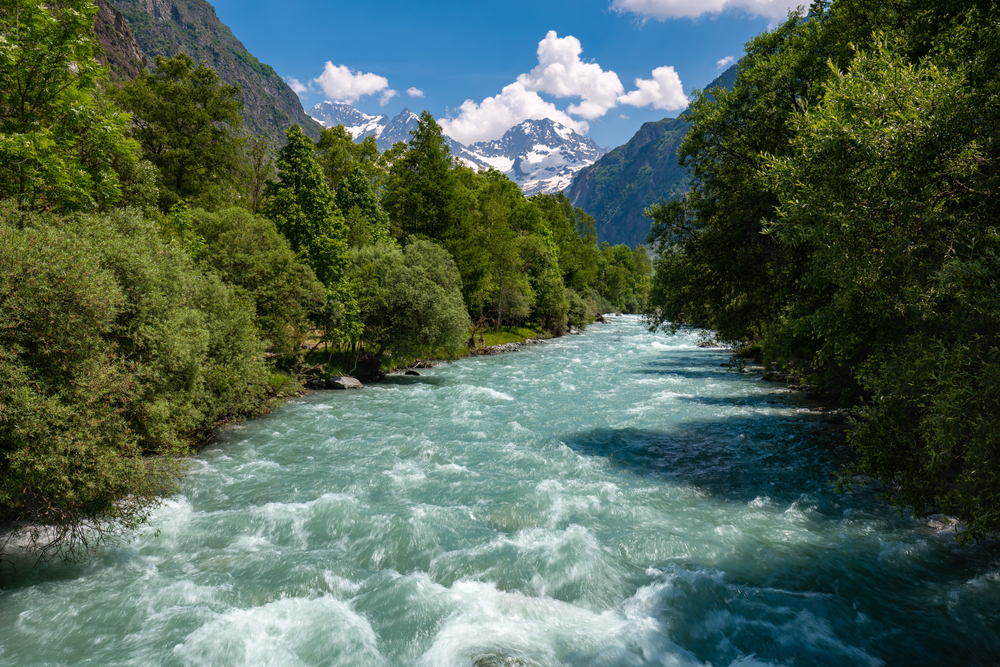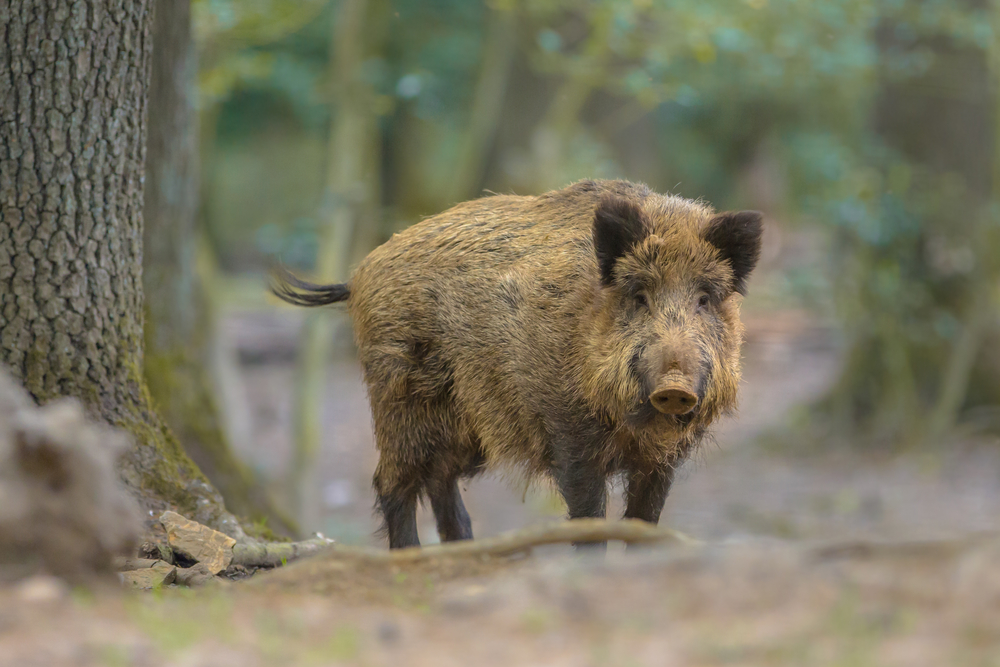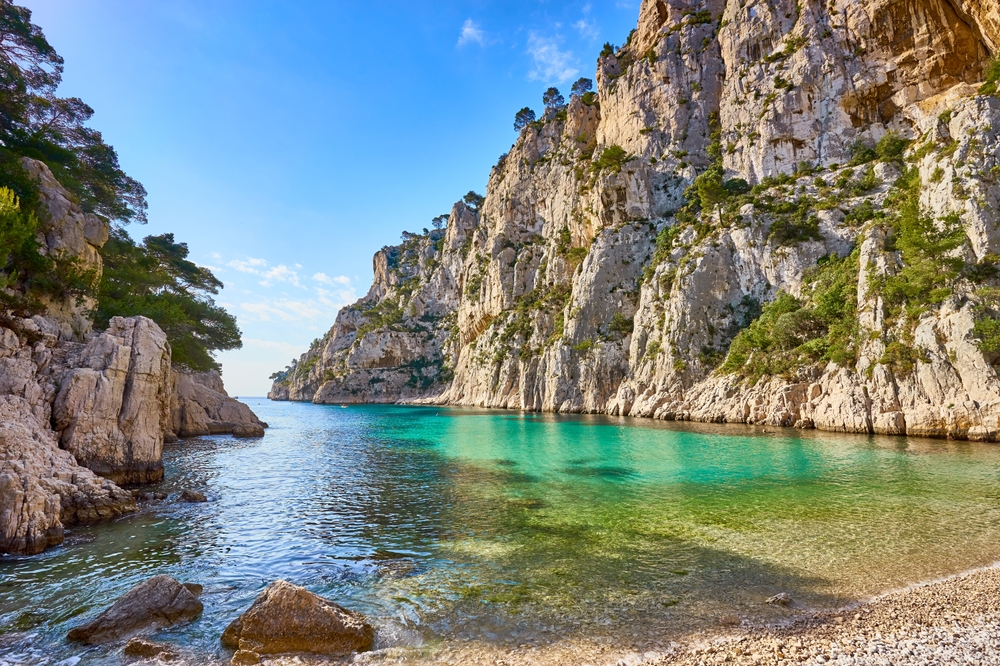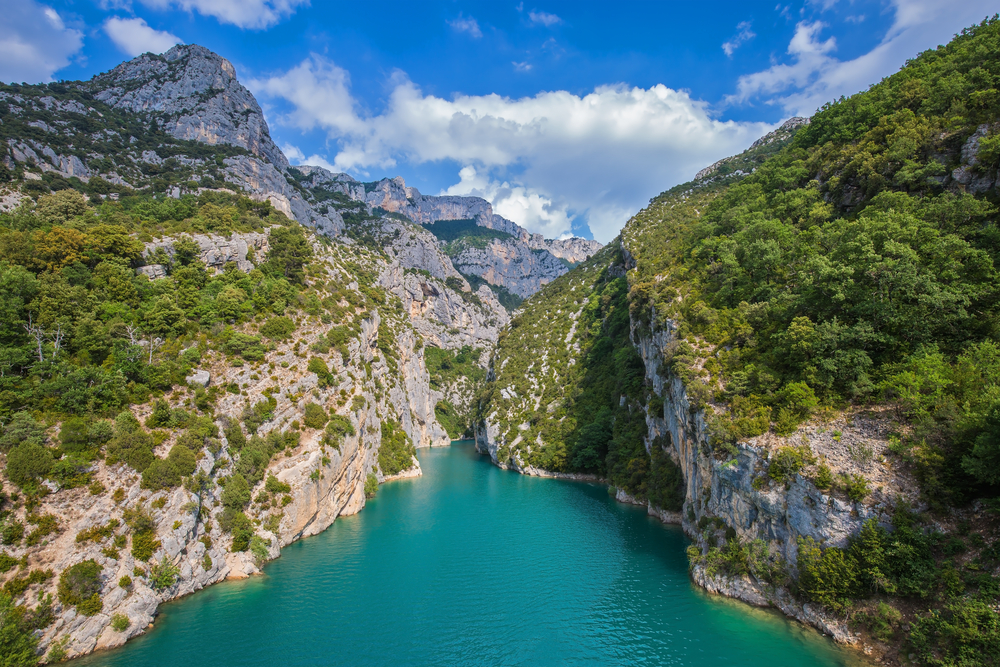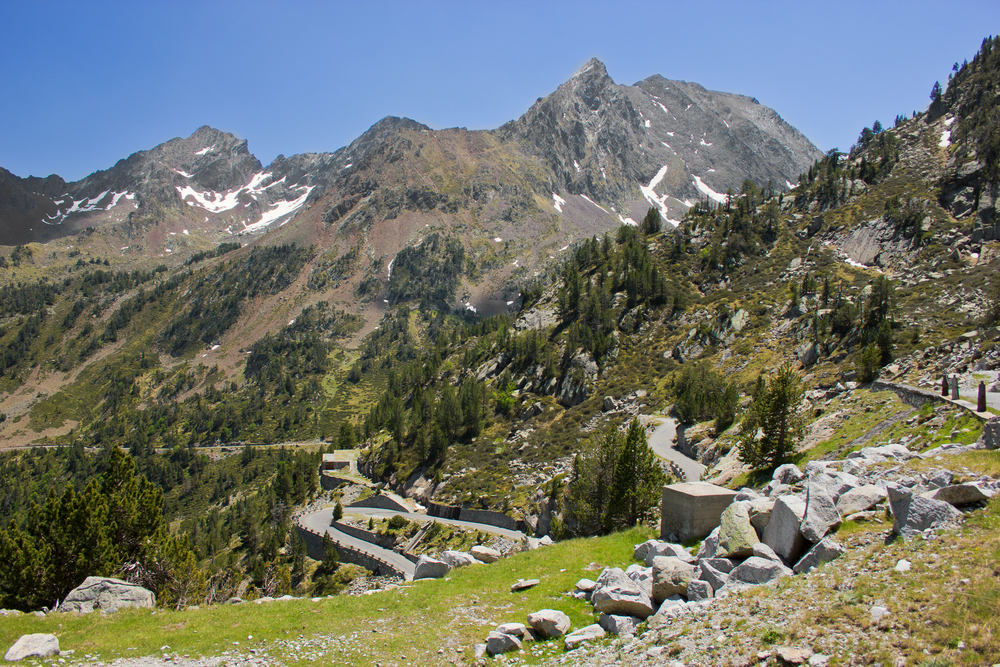Port-Cros Overview
Port-Cros National Park, known as Parc national de Port-Cros in French, is a remarkable protected area located in the Mediterranean Sea off the southern coast of France. Established in 1963, it is one of the first marine national parks in Europe.
The park spans 7 square miles (18 square kilometers) and includes both land and sea territories, covering the islands of Port-Cros, Bagaud, and a section of the surrounding waters. It lies within the Var department of the Provence-Alpes-Côte d’Azur region and is part of the Iles d’Hyères archipelago.
The terrain of Port-Cros National Park is characterized by rugged hills, steep cliffs, and lush Mediterranean vegetation. The island of Port-Cros itself is the most mountainous of the Hyères islands, with its highest peak, Mont Vinaigre, rising to 656 feet (200 meters).
The park’s landscapes include rocky headlands, sandy coves, and dense forests of evergreen oak (Quercus ilex) and Aleppo pine (Pinus halepensis), giving the island a wild and untouched appearance. Numerous freshwater springs sustain a diverse range of plant life, while the surrounding waters, protected from fishing and anchoring, boast an impressive underwater ecosystem. Seagrass meadows, mainly composed of Posidonia oceanica, provide a crucial habitat for marine species and play a vital role in the Mediterranean’s ecological balance.
Port-Cros National Park is a haven for wildlife, both on land and beneath the waves. The park’s dense forests are home to a variety of bird species, including the peregrine falcon, European shag, and the rare Audouin’s gull. The island also shelters reptiles such as the Hermann’s tortoise, one of the few remaining native tortoise species in France.
Small mammals like rabbits and dormice inhabit the wooded areas, while marine life flourishes in the park’s crystal-clear waters. The underwater environment is rich with groupers, sea bream, moray eels, and octopuses, along with vibrant coral formations. Divers and snorkelers may even spot endangered species such as the noble pen shell (Pinna nobilis) and Mediterranean dusky grouper.
Visitors to Port-Cros National Park are drawn to its natural beauty and its commitment to preservation. One of the most popular attractions is the network of hiking trails that crisscross the island, offering stunning views of the coastline and access to hidden coves.
The Sentier des Plantes is a particularly beloved path that highlights the park’s native flora, while the Fort de l’Estissac provides a historical perspective with its panoramic views of the Mediterranean. Underwater exploration is another highlight, with designated snorkeling trails allowing visitors to observe the thriving marine ecosystem.
Scuba diving excursions are strictly regulated to protect the delicate underwater habitats, but they offer a chance to witness the region’s rich biodiversity up close.
As one of the few national parks in France with a significant marine component, Port-Cros faces unique conservation challenges. The park’s management enforces strict environmental regulations, including bans on fishing, hunting, and anchoring in certain areas to minimize human impact.
Conservation efforts have successfully maintained the integrity of the marine ecosystem, ensuring that endangered species continue to thrive. However, the increasing number of tourists presents an ongoing challenge in balancing accessibility with environmental protection. Measures such as limited visitor capacity, controlled diving activities, and sustainable tourism initiatives help mitigate the ecological footprint while allowing people to experience the park’s natural wonders responsibly.








































































